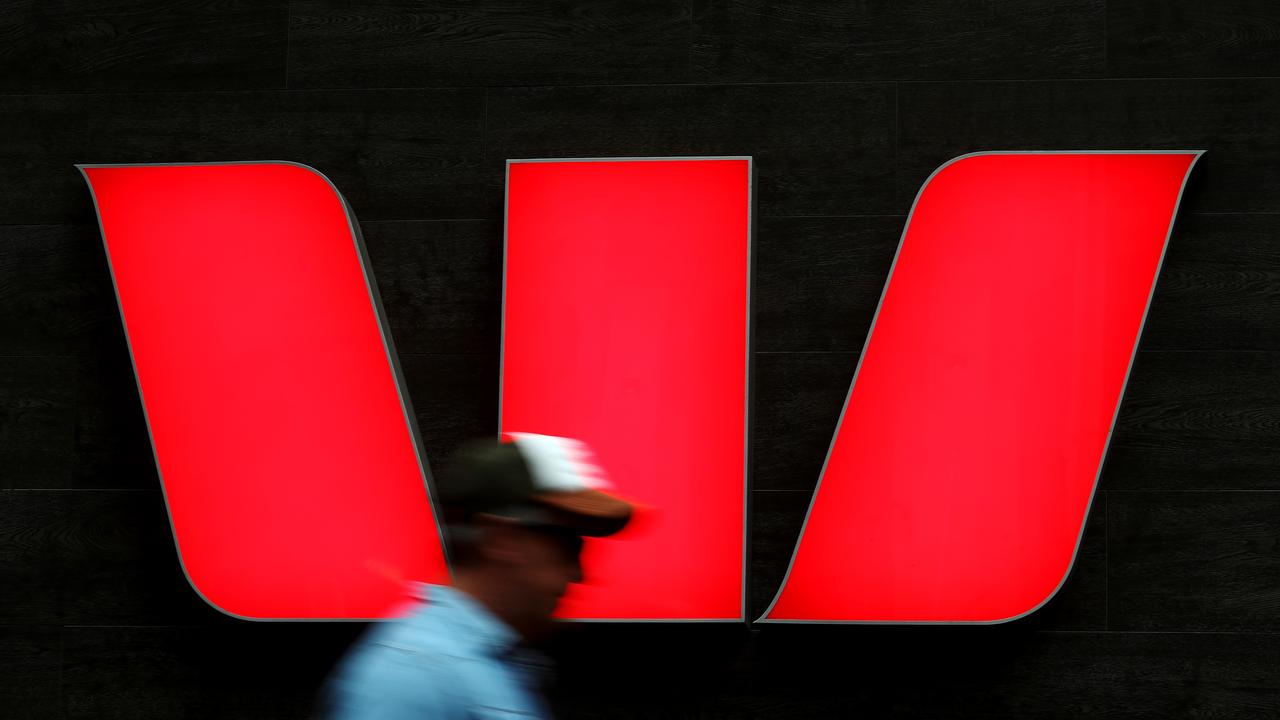Definitions stall banking code of practice
ASIC is expected to decide within a month if it will rubberstamp an overhaul of the Banking Code of Practice.

ASIC is expected to decide within a month if it will rubberstamp the first serious overhaul of the Banking Code of Practice in 25 years, with most of the wrangling centred on the key definition of small business.
Industry confidence is rising that the watchdog will accept a threshold of $3 million in total credit facilities, beyond which the code’s valuable protections would not apply. According to the banks, more than 97 per cent of their business customers would qualify.
ASIC, on the other hand, has lent a sympathetic ear to the view of Kate Carnell, the Small Business and Family Enterprise Ombudsman, who has been pushing hard for a $5m threshold.
The independent Khoury report on the code for the Australian Banking Association also supported a $5m limit, as did the Ramsay review of external dispute resolution.
Ramsay was looking at the new Australian Financial Complaints Authority, which is due to start later this year, but his review reached its conclusion based on the appropriate limit for a business with 100 full-time equivalent staff.
It would be foolish for the banks to get overconfident. In the current environment, the public has zero appetite for industry concessions, and this one is hardly incidental. The banks could also generate some goodwill by implementing the remainder of the code, for which ASIC has already indicated its support.
The protections for firms that fall within the code’s definition of small business are significant because they seek to rebalance some of the immense negotiating power held by the banks in favour of their customers. With the contentious issue of enforcement action based on non-monetary defaults, the code specifies a limited number of trigger events, such as illegal activity, failure to provide agreed financial information or use of the loan for an unapproved purpose.
The breach would also have to present a material risk to the bank, and there would be a reasonable period of grace so small businesses could remedy the default. The code would require banks not to include “material adverse change” as an event of default in standard-form small business lending contracts.
The industry argues that limiting the threshold to $3m would keep the credit pipeline flowing.
If the threshold were higher, the risk for lenders would increase, particularly for lower-tier lenders with less capacity to manage risk and their lending books.
Without non-monetary covenants to protect the banks, the cost of credit could increase to maintain their risk-adjusted returns. Loan tenures could also be compressed. Phil Khoury, the ABA’s independent adviser on the code, told the royal commission’s round of hearings on business lending last month that a $5m threshold would only extend coverage to a further 10,000-20,000 small businesses. The final April version of the code, which Khoury had only recently seen, was more restrictive than the existing version.
“It was significantly different to what we recommended,” Khoury said. “The $3m applies to all credit provided to the business and that makes a big difference.”
The new code also featured a turnover test restricting its application to businesses with less than $10m in turnover.
Word on the street
Commonwealth Bank has a final hurdle to clear before it can hand over a $702.5 million cheque to get Austrac off its back.
As new CBA chief executive Matt Comyn said on June 4, when the settlement over multiple breaches of anti-money laundering legislation was announced: “This agreement, while it still needs to be approved by the Federal Court, brings certainty to one of the most significant issues we’ve faced.”
The word on the street is that CBA and the financial intelligence agency will appear in the Federal Court on June 20 to argue for imposition of the nation’s biggest corporate penalty. A 38-page statement of agreed facts in relation to 53,750 admitted breaches will hopefully do the trick.
Austrac CEO Nicole Rose said she hoped the fine would alert the financial sector to the consequences of poor compliance, reinforcing that businesses “need to take their obligations seriously”.
If fines in the high nine-figures don’t do the job, it’s hard to imagine what will.
Challenges for CBA
The Austrac settlement is a welcome development for Commonwealth Bank, but its business challenges will persist for some time amid slowing growth in the housing market.
CBA’s retail division accounts for 55 per cent of group earnings and its return on common equity tier one capital is about 1.8 times the group average.
On Morgan Stanley numbers, however, returns are on the slide, down to 36 per cent for the December half-year from 41 per cent a year ago.
The outlook is for weaker housing credit growth, margin pressure in the near-term as the hostile political environment erodes repricing capacity, higher regulatory and compliance costs, and an increase in the capital intensity of mortgages.
More broadly, there’s strategic uncertainty as chief executive Matt Comyn tries to fill half a dozen executive vacancies.
Morgan Stanley reckons earnings per share in 2020 will be lower than in 2017, and return on equity will fall from 15.5 per cent to below 14 per cent. The investment bank’s price target for the stock is $64, or 7.7 per cent lower than Friday’s close of $69.37.
gluyasr@theaustralian.com.au
Twitter: @Gluyasr



To join the conversation, please log in. Don't have an account? Register
Join the conversation, you are commenting as Logout